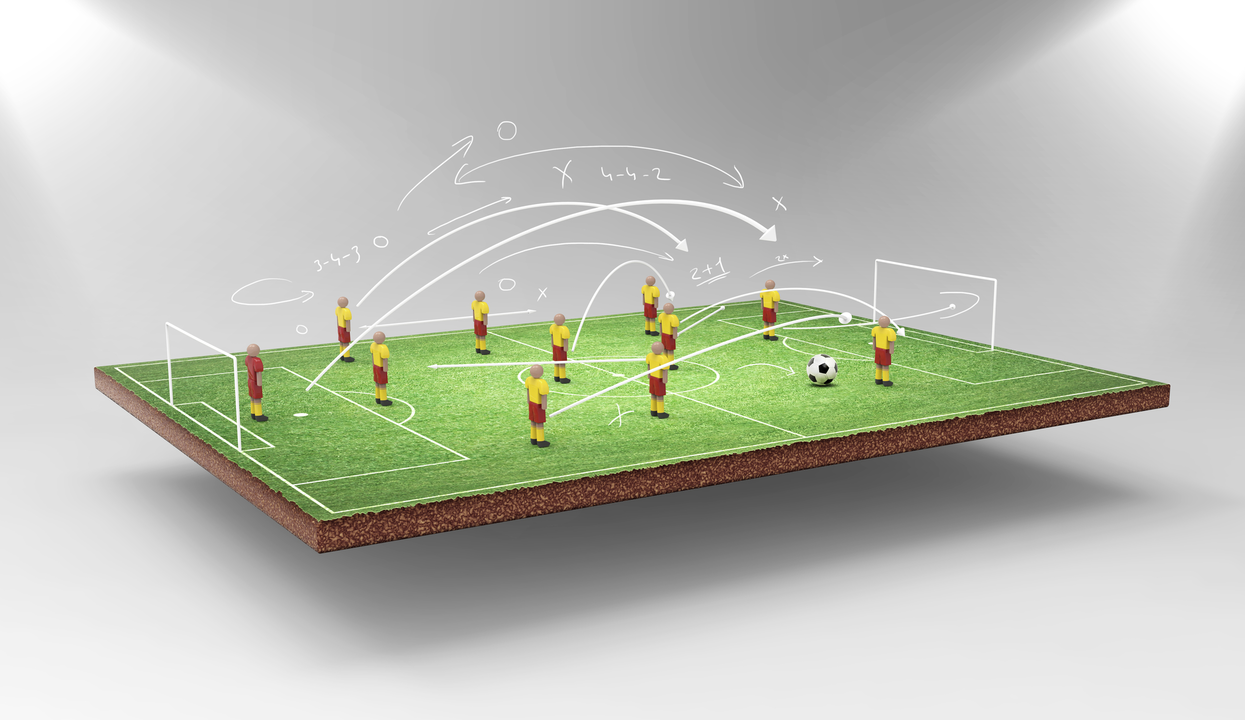Playing Soccer: Simple Tips to Start, Train, and Have Fun
If you’ve ever watched a match and thought, “I want to do that,” you’re in the right place. Playing soccer doesn’t need a fancy field or a pro contract. All you need is a ball, a bit of space, and the willingness to move. Below you’ll find quick advice on choosing gear, practicing skills, and finding games near you.
Gear Up Without Breaking the Bank
First thing on the list: shoes. A good pair of soccer cleats gives you better traction and protects your feet. You don’t have to buy the newest model; look for last‑season releases or trusted discount stores. They often have the same technology for a fraction of the price.
Next, the ball. For beginners a size 5 ball is standard. Pick one that feels comfortable to the touch; a softer surface is easier to control when you’re still learning.
Don’t forget socks and shin guards. Shin guards are mandatory on most pitches and can prevent nasty knocks. A simple pair of ankle‑high socks that keep the guards in place works fine.
Training Ideas for Every Skill Level
Start with the basics: dribbling, passing, and shooting. Set up a small space— even your backyard works— and practice moving the ball with both feet. Do “cone drills”: place a few objects in a line and weave through them while keeping the ball close. This builds foot‑work and balance.
If you have a friend, try short‑pass games. One‑touch passing improves reaction time. Keep the distance short at first, then gradually increase it as you get comfortable.
When you feel ready for more intensity, join a local pickup game. Most towns have community fields where players meet after work or on weekends. Just show up, bring your gear, and ask if you can play. Most regulars welcome newcomers and will give you quick pointers.
Fitness matters too. Soccer is a mix of sprinting, jogging, and quick direction changes. A simple routine of 30 minutes of jogging, followed by sprints of 10‑20 meters, will boost your endurance. Add a few body‑weight exercises— squats, lunges, and planks—to strengthen the muscles you use most on the pitch.
Watch a few matches, even if it’s a highlight reel on your phone. Notice how players position themselves, when they make runs, and how they protect the ball. Try to copy one move at a time in your own practice sessions.
Finally, stay consistent. Even 15 minutes a day of ball‑touch work adds up. Set a small goal— like improving your left‑foot pass— and track progress. Celebrate the little wins; they keep you motivated.
Playing soccer is all about having fun while getting a bit fitter and meeting new people. With the right shoes, a friendly attitude, and regular practice, you’ll see improvement faster than you think. So grab that ball, head to the nearest field, and start kicking. The more you play, the more the game will start to feel natural. Happy footwork!

How to play your 3-5-2 in soccer?
In my latest blog post, I shared some tips on how to effectively play a 3-5-2 formation in soccer. First, focus on strong communication and cooperation between the three center-backs and two wing-backs for a solid defense. Second, ensure that the central midfielders are skilled at both attacking and defending to maintain balance on the field. Third, make use of the two forwards' partnership to create scoring opportunities. Finally, practice quick transitions between defense and attack to catch the opponent off guard.
More Detail